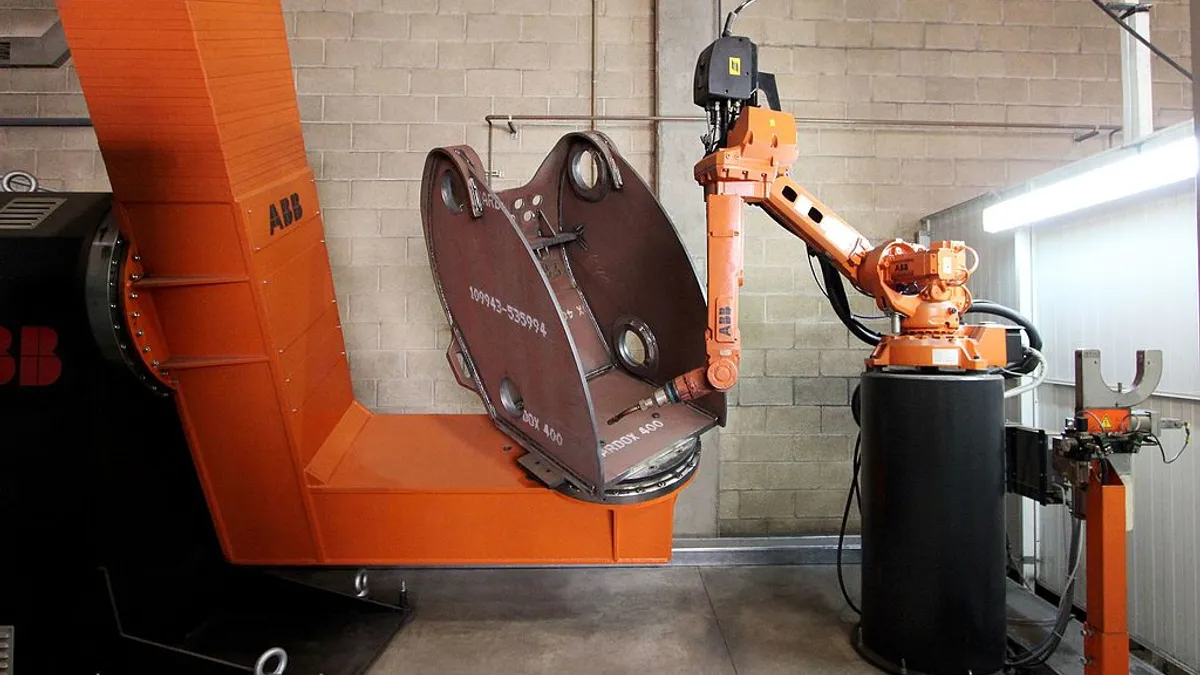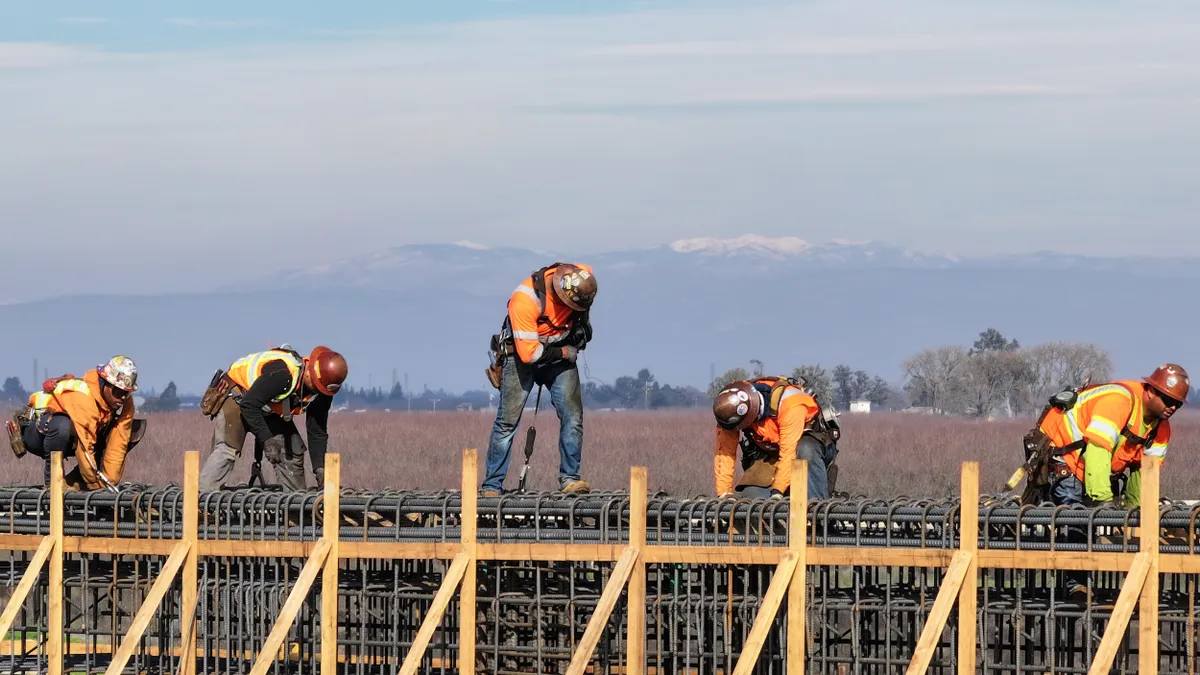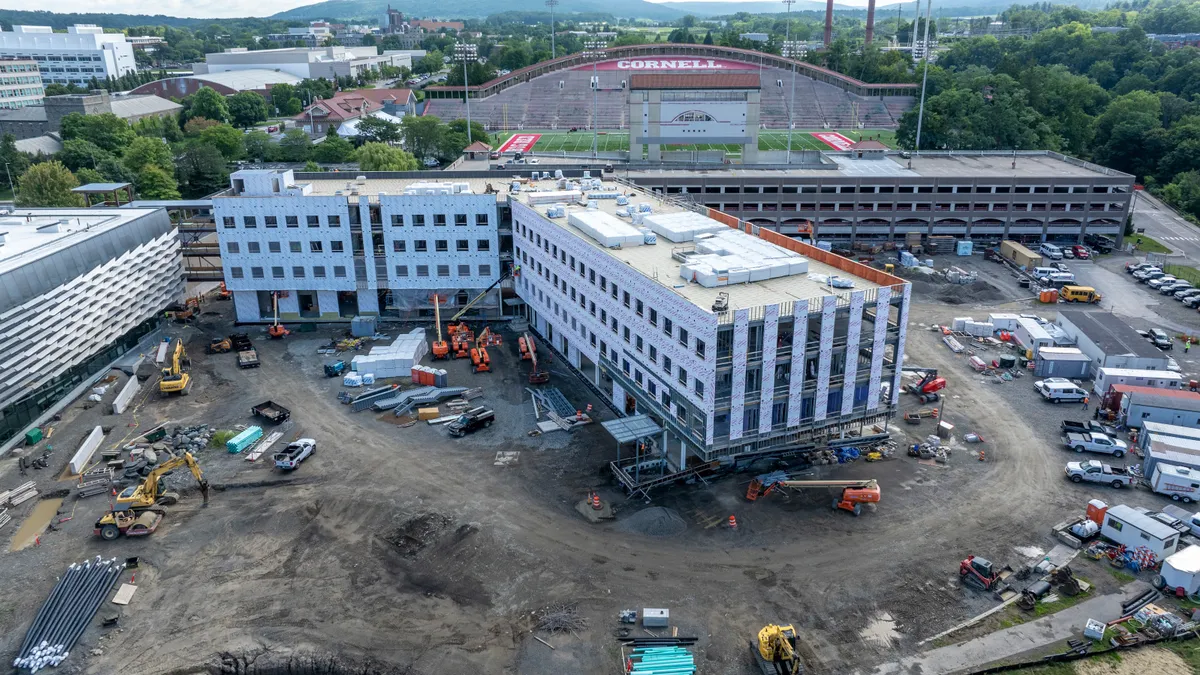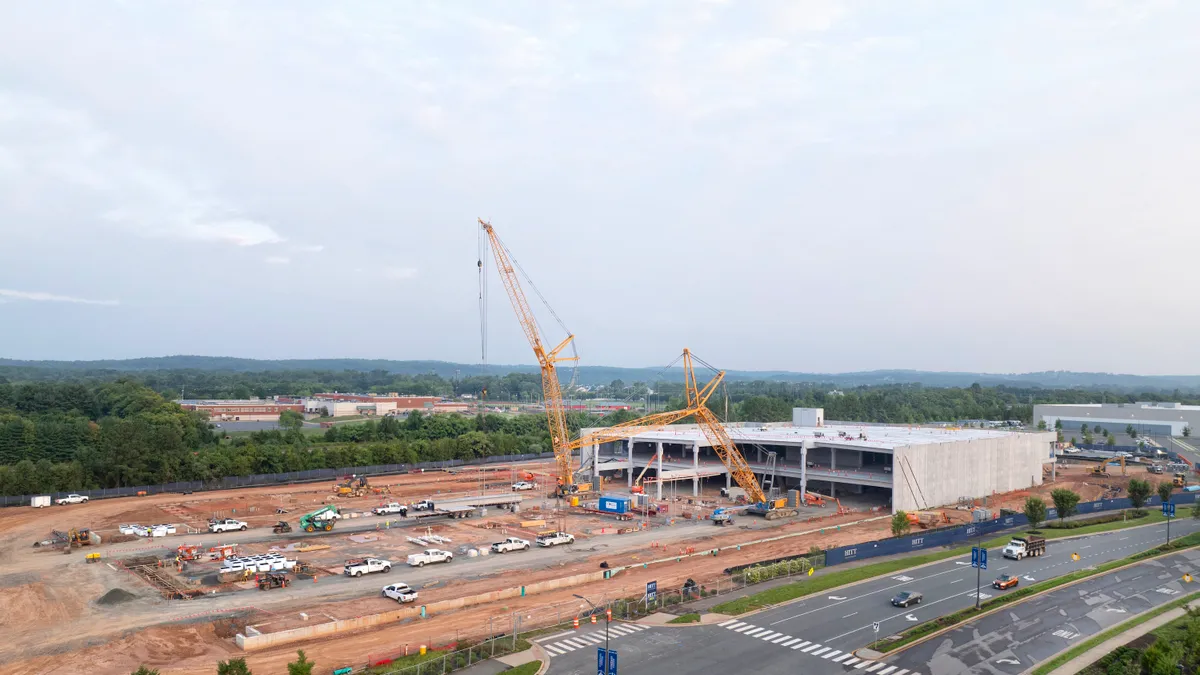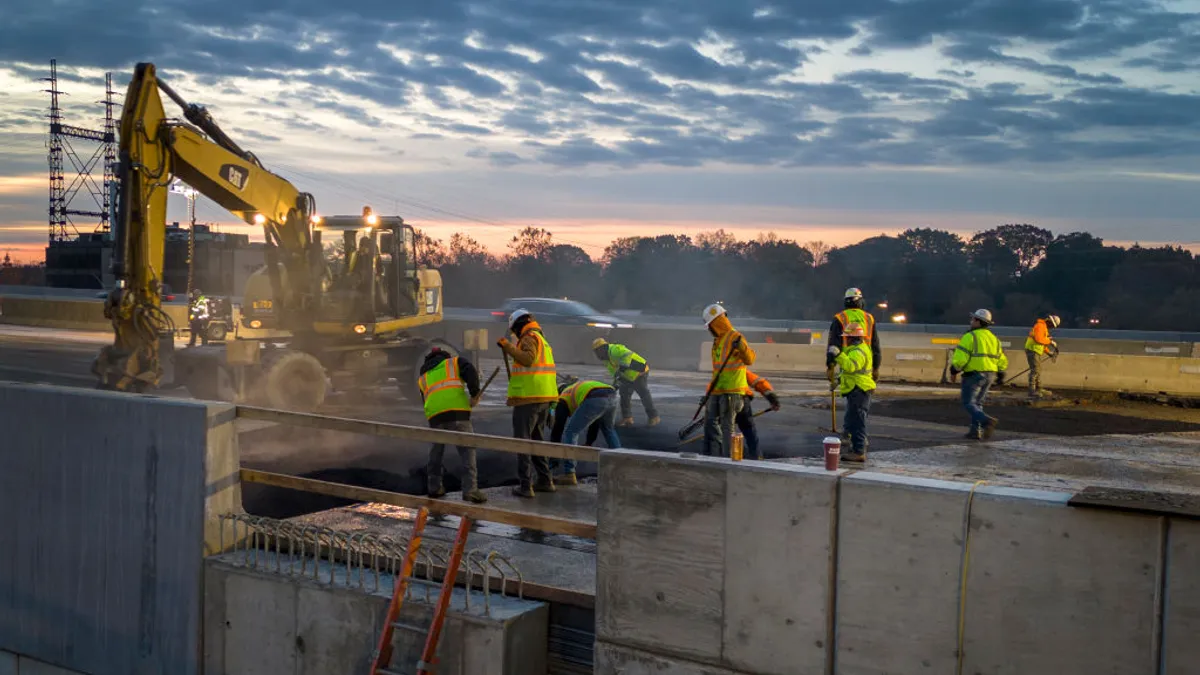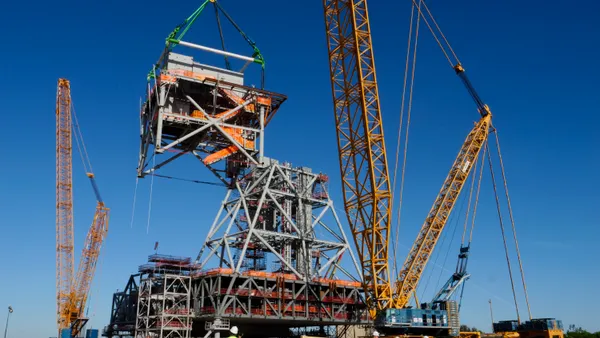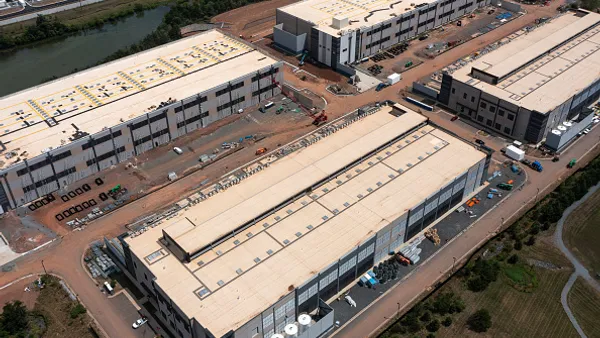Offsite building is all about reframing the productivity constraints of traditional stick building by bringing construction into a factory setting in which much of the process is standardized into something more akin to manufacturing. Therefore, many firms just getting into modular seek the wisdom of manufacturing behemoths like Toyota, where automation always seems to be the answer.
“Automation contributes to productivity,” the McKinsey Global Institute said in a report about productivity gains in manufacturing, noting that 81% of roles employed in predictable physical activities have a technical automation potential, with manufacturing being a perfect example of such work.
Construction, however, has a bit of both types of work, with a very high level of unpredictable physical activities as well, the report said. And when it comes to transitioning from the jobsite to an indoor production line, the work doesn’t always translate into machine automation, according to several speakers at the Modular Building Institute’s World of Modular 2020 conference in Orlando, Florida, last week.
Robotic welders, for example, have a potential to answer one of the most pressing challenges that firms such as Skender, for example, and many other contractors — whether traditional or modular — face, which is the lack of skilled labor. Such technology can only be employed in a factory setting, and thus, “Opportunities in automation in offsite extend far beyond what’s available for onsite construction,” said Rhys Kane, sales director of Canadian modular firm Horizon North.
However, many of those types of robotic mechanics, Kane continued, are merely a duplication of human skills. And while in its ultimate form, that address labor shortages, the steep investment in such high-tech equipment and process control services only pays dividends at high volumes, John Lekfus, president of Rad Technology, said in a separate presentation.
“There’s going to be benefits from some automation, but automation requires investment,” Lefkus said, “and, according to McKinsey, automation doesn’t really kick in until you’re doing 1,000 units. How many people in the industry are doing a thousand units?”
'Automation is not the answer'
Even some of the most successful modular firms, such as Lindbäcks, in Sweden, assemble onsite about 90 units a week, and that’s at a $55 million, 425,000-square foot facility, Platform Manager Helena Lidelöw said. And many modular firms start off much smaller than that.
In fact, in their presentation titled, “So you want to start a modular building factory,” President of Volumetric Building Cos. Vaughan Buckley and Colby Swanson, partner of Momentum Innovation Group, said, “Automation is not the answer.”
Until your firm is fully matured in the world of efficient modular building, there’s small likelihood that you'll be able to automate a “sliver” of your process, the presenters said. They used the example of Volumetric Building Cos.’ factory, in which automated factory processes accounted for about 6% of its output, along with 12% computational engineering and 82% manual efforts including IT, regulation management, logistics, storage, most other assembly processes such as finishing, quality assurance, marketing and human resources.
“Expect about 16 to 24 months for high-automation design, implementation and commissioning,” Buckley said.
“Construction is much more highly regulated than some other industries due to quality control, quality assurance, etc., and there’s not a single platform we’ve seen that can provide end-to-end [enterprise resource planning]," he said. "And the supply chain might consist of 600,000 miles of trucking through 13 states with regulatory burdens, all of which is a massive undertaking and none of that is automated.”
PCL Construction, a heavyweight general contractor that employs modular practices through its Agile arm, focuses more on lean manufacturing techniques and the ergonomic capabilities that a facility can offer, such as working on wall panels that are supine on the floor, said Troy Galvin, the division's manager. The team got about 1,800 wall panels for hospital done with around a dozen people in the timeframe that it had estimated a requirement of 35 people, he said, "and we're automation-light."
Some tasks absolutely can be automated with machines, Colby said. “Fastener requirements on a flat wall, for example, even if they need code, can be done with machines with computational design,” he said. “Great. But if you have machines file that work and people to operate them, you’re still semi-automated and that’s a small piece of the pie.”
Understand process before automating
“Most newcomers talk about how to get more robots in the factory,” Buckley continued. Instead, he said, priority needs to be given to procuring data and understanding the process, before automating. And even then, the presenters said, the automation benefits come more from the “information flow and feedback loops that form a circular data flow through all parts of the business, not just a factory floor.”
Lefkus shared thoughts in a similar vein. Famous business thought leader Peter Drucker said business has only two basic functions — marketing and innovation, which produce results; all the rest are costs. Lefkus used this view to express the idea that modular building should be about enterprising new solutions to the process of building, not just trying to get a lower cost.
"We can replace manual labor with a crane or an automated robot, but that’s not innovation,” he concluded with a poignant parting thought: “Automation is not innovation."



